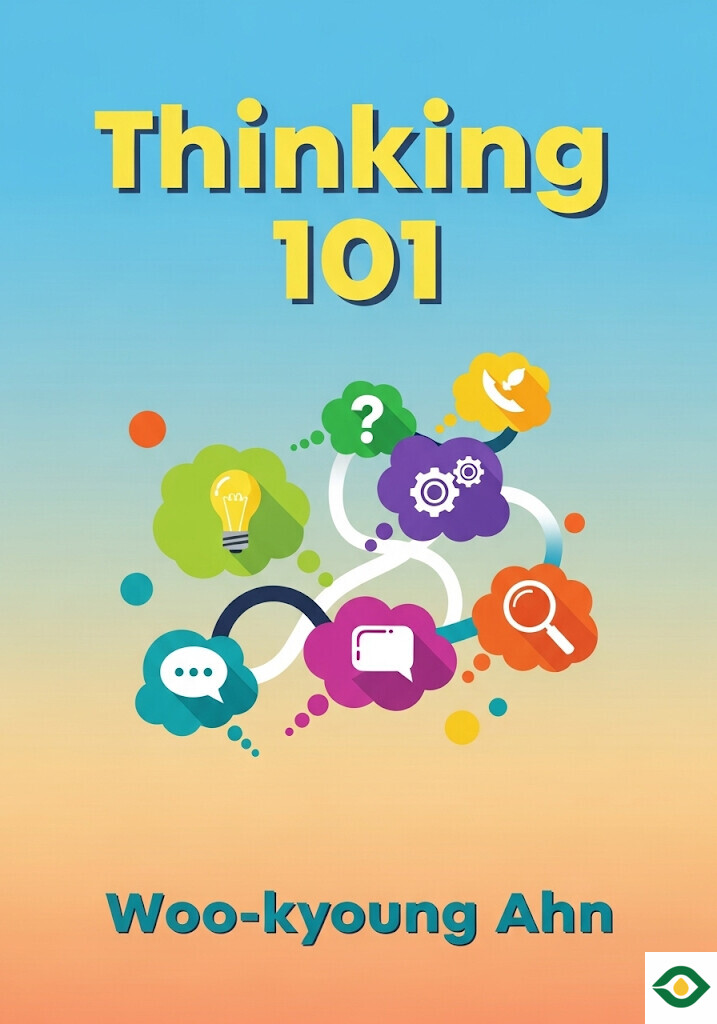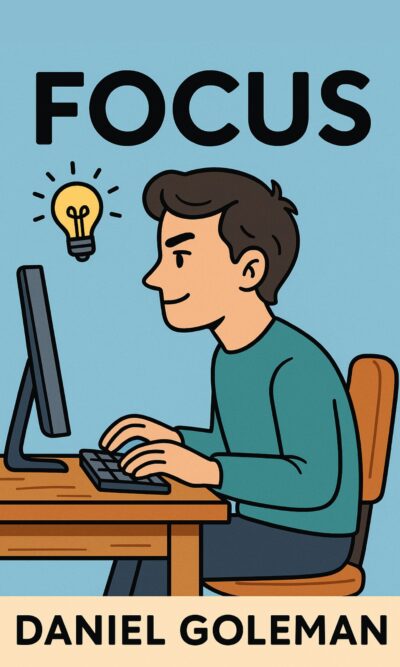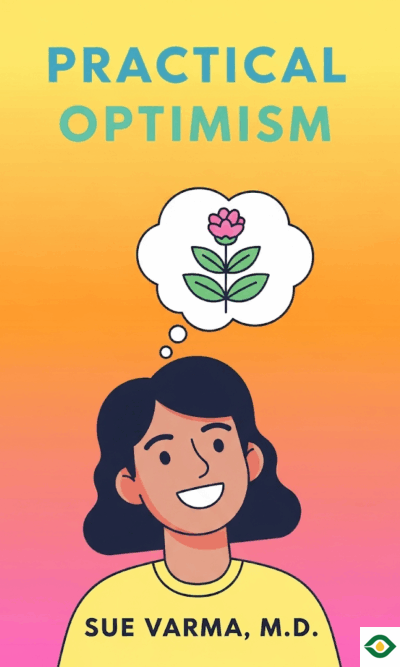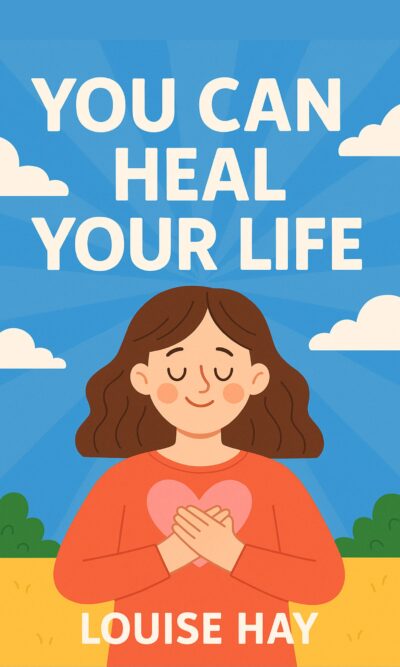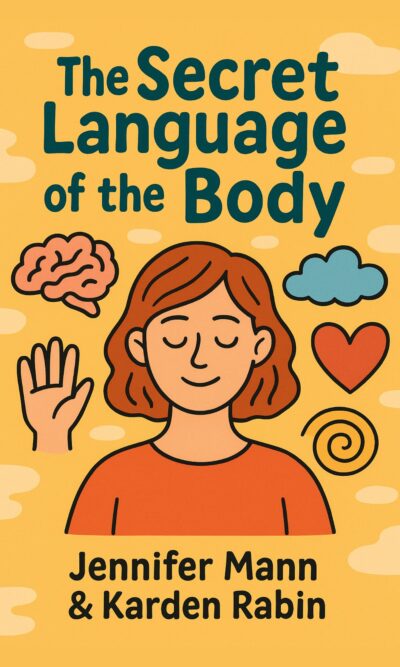Description
We often believe we see the world clearly, yet our own minds can quietly distort reality. The way we think is filled with shortcuts, assumptions, and blind spots. These biases can lead us to overestimate our abilities, misinterpret data, fall for stories instead of facts, cling to possessions, misunderstand others, and choose quick rewards over better long-term outcomes. But by becoming more aware of these mental habits, we can improve not just our personal lives but also how society functions.
One of the first pitfalls in thinking is overconfidence. When something looks easy, our brains trick us into assuming we can do it without effort. Watching a cooking video or a quick dance tutorial makes us believe we’ve mastered the skill, even though the real performance often ends in failure. This is because fluency—the sense that something feels simple—fools us into overestimating our ability. The best way to fight this bias is preparation. Practicing ahead of time, rehearsing, and adding extra room to our plans help prevent disappointment. If you think a project will take two days, it’s wise to give yourself three. This buffer prevents stress and helps you manage both expectations and reality.
Another trap is confirmation bias. We naturally look for evidence that supports what we already believe, while ignoring or dismissing anything that contradicts it. Imagine being given a number sequence like 2-4-6 and trying to guess the rule. Most people will quickly assume it’s “even numbers increasing by two,” but the real answer is simply “any increasing numbers.” Because we only test ideas that confirm our initial guess, we miss the broader truth. To overcome this, it helps to deliberately test opposing ideas. In daily life, it can be as small as trying a new dish at your favorite restaurant, or as significant as challenging your own beliefs with uncomfortable questions. By widening our perspective, we give ourselves the chance to see reality more clearly.
We’re also drawn to stories more than statistics. A single personal story can outweigh piles of data in our minds. For example, if you see one child struggling in a sport, you might conclude they’re just not athletic. But later that same child could discover a completely different sport they excel in. Data tells us that one or two examples don’t represent the whole picture, yet our brains still latch on to individual cases. Advertisers and public health campaigns often use stories because they stir emotions and stick in memory. While stories can be powerful, we should always remind ourselves that large numbers and data give a clearer picture of reality. Training ourselves to look at patterns rather than single examples helps us avoid faulty conclusions.
Another strong bias is negativity. Bad experiences weigh more heavily than good ones. A single harsh comment can sting more than several compliments. This negativity bias is tied to our fear of loss. People value what they already own much more than something they could gain. In experiments, when given a mug as a gift, most people refuse to trade it for something equally valuable like a chocolate bar, simply because it already feels like theirs. This “endowment effect” can trap us into holding on to possessions, ideas, or habits long past the point where they’re useful. To counter it, we can practice reframing. Instead of focusing on a 10 percent risk of failure, we can remind ourselves there’s a 90 percent chance of success. We can also be cautious about free trials or special deals that prey on our sense of ownership. By consciously asking whether something truly adds value, we can make better choices.
Sometimes, even when presented with new facts, we bend them to fit our old beliefs. This is biased interpretation. Once an idea gets stuck, we tend to filter new information through it, even when the evidence proves us wrong. For instance, one flawed study once suggested that babies who sleep with a night-light are more likely to become nearsighted. Even after later research showed genetics was the real cause, the original belief stayed lodged in many parents’ minds. This shows how sticky our mental frameworks can be. Overcoming this requires active awareness. Reminding ourselves that our first interpretation may be wrong, and seeking outside perspectives or structured feedback, can help loosen the grip of bias. On a broader level, biased interpretation can fuel harmful stereotypes or prejudice, which makes it vital to challenge not only our personal beliefs but also collective assumptions in society.
A related problem is our inability to fully understand other perspectives. We assume we know what others mean, but often misread tone or intent. Studies show that even close friends get sarcasm wrong in emails about half the time. Miscommunication is far more common than we’d like to admit. The best solution is simple honesty: spell out what you mean clearly, and don’t try to guess what someone else is thinking. Asking questions, even basic ones, prevents many unnecessary conflicts. While it may feel awkward to over-clarify, it is often the surest path to genuine understanding.
Lastly, humans are impatient. We prefer smaller rewards now over larger rewards later, even when waiting would clearly benefit us more. If someone offers today or in six months, most people take the immediate money, even though the rational choice is to wait. This difficulty with delayed gratification comes from three issues: lack of self-control, discomfort with uncertainty, and trouble imagining the future. One way to resist temptation is distraction—removing yourself from the situation or focusing on something else until the urge passes. Another way is to clarify uncertainty. If a future plan will happen no matter what, you can commit early instead of hesitating. And finally, making your future self feel real through goals, reminders, or visualization helps bridge the gap between present desires and future benefits.
The lessons from these mental traps are straightforward but powerful. Be wary of overconfidence. Test your beliefs instead of only seeking support for them. Balance emotional stories with hard data. Reframe negativity to highlight opportunities. Question your own interpretations, even when they feel certain. Communicate openly instead of assuming. And practice patience with rewards that are worth waiting for.
When you become aware of these thinking patterns, you’re better equipped to challenge them. This awareness doesn’t just help you make wiser personal choices, like planning realistically or saving money; it also influences the way we build fairer, more thoughtful communities. A society shaped by people who recognize their biases is more open to diverse perspectives, more careful with judgments, and more willing to delay short-term gains for long-term progress.
The core message is clear: our thinking isn’t as logical as we’d like to believe. But by learning about our biases and applying small strategies to counter them, we can slowly train our minds to make more balanced, fair, and informed decisions. Doing so improves our lives—and the world around us.

